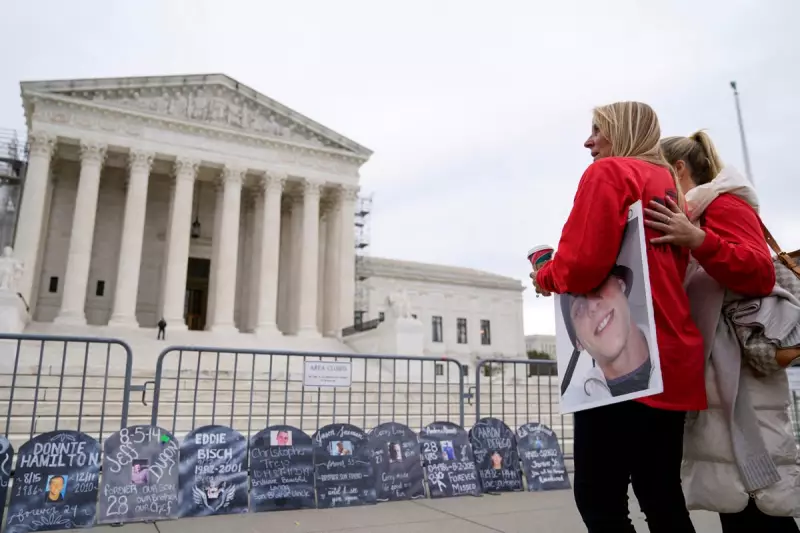
A landmark legal settlement involving OxyContin manufacturer Purdue Pharma and its owners, the Sackler family, is on the verge of being approved after facing remarkably few objections during a crucial bankruptcy court hearing.
The Path to a Nearly Unanimous Agreement
Lawyers representing Purdue Pharma, branches of the Sackler family, and numerous plaintiffs including cities, states, counties, Native American tribes, and individuals affected by addiction delivered a nearly unified message to U.S. Bankruptcy Judge Sean Lane on Friday. They urged the court to approve a comprehensive plan to settle thousands of opioid-related lawsuits against the company.
If approved, this decision would potentially conclude a lengthy legal battle seeking to hold Purdue accountable for its role in an opioid crisis linked to 900,000 deaths in the U.S. since 1999, including fatalities from heroin and illicit fentanyl. The hearing, which began earlier this week, saw closing arguments presented on its third day.
The current situation marks a significant shift from previous proceedings. The opposition has become much quieter this time around, despite years of emotional and contentious arguments between the various groups that took legal action against Purdue.
Overcoming Legal Hurdles and Victim Compensation
The journey to this settlement hasn't been straightforward. The U.S. Supreme Court previously rejected an earlier deal, ruling it improper for Sackler family members to receive immunity from opioid-related lawsuits. The new arrangement addresses this concern by allowing entities that don't opt into the settlement to pursue legal action against the family.
However, accessing the Sacklers' wealth presents challenges, as family members are collectively worth billions with much of their assets held in trusts in offshore accounts that would be difficult to reach through litigation.
This time, government groups have reached a stronger consensus, and individual opposition has been mostly subdued. Out of more than 54,000 personal injury victims who voted on whether to accept the plan, only 218 rejected it, though a significant number within this group didn't vote at all.
The few objectors who spoke at Thursday's hearing expressed various concerns. Some argued that settlement funds should go directly to victims rather than states and government entities. Others wanted the court to find Sackler family members criminally liable—something Judge Lane clarified falls outside bankruptcy court jurisdiction, though the settlement doesn't prevent prosecutors from pursuing criminal charges.
Settlement Terms and Financial Provisions
The proposed agreement ranks among the largest opioid settlements to date. Sackler family members would be required to pay up to $7 billion and relinquish ownership of Purdue Pharma. No family members have served on the company's board or received payments since 2018, and unlike a similar hearing four years ago, none were called to testify in this week's proceedings.
The company would undergo a name change and come under new management dedicated to directing future profits toward combating the opioid crisis.
The settlement includes several non-financial provisions: Certain Sackler family members must abandon involvement in companies selling opioids in other countries, and family members would be prohibited from having their names added to institutions in exchange for charitable donations. The Sackler name has already been removed from numerous museums and universities.
Additionally, company documents—including many that would typically be protected by lawyer-client privilege—are to be made public.
Unlike other major opioid settlements, this agreement specifically provides compensation for individuals harmed by Purdue's products. Approximately $850 million has been set aside for victims, with over $100 million earmarked to help children born dealing with opioid withdrawal.
About 139,000 people have active claims for compensation, though many haven't provided proof of being prescribed Purdue's opioids and will receive nothing. Lawyers anticipate that claimants with prescriptions lasting at least six months would receive about $16,000 each, while those with shorter prescription histories would get approximately $8,000, though legal fees will reduce these amounts.
Most settlement money is designated for state and local governments to support efforts mitigating the opioid epidemic's damage. Experts believe the recent decline in overdose deaths partly results from the impact of settlement dollars already distributed.





